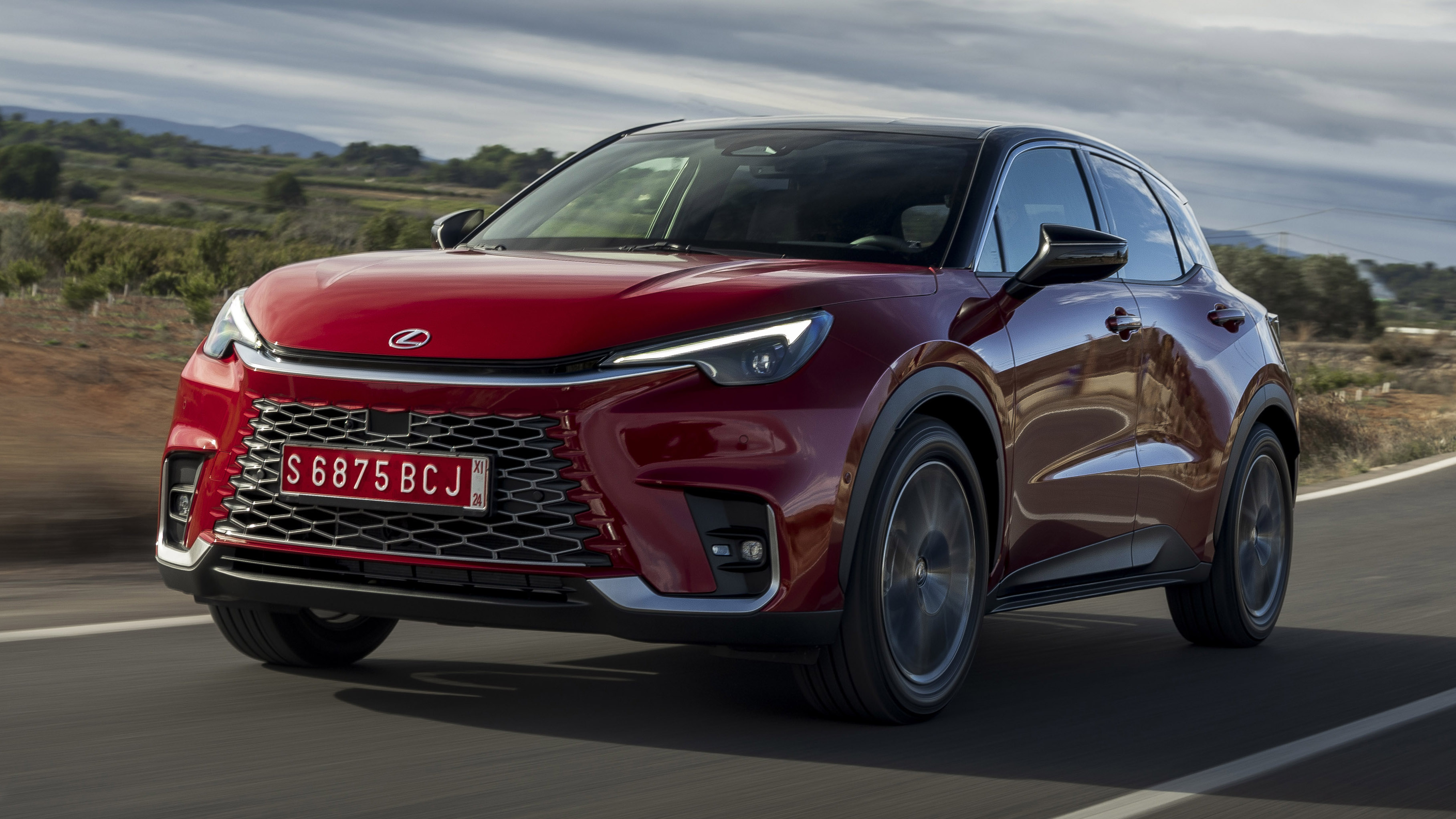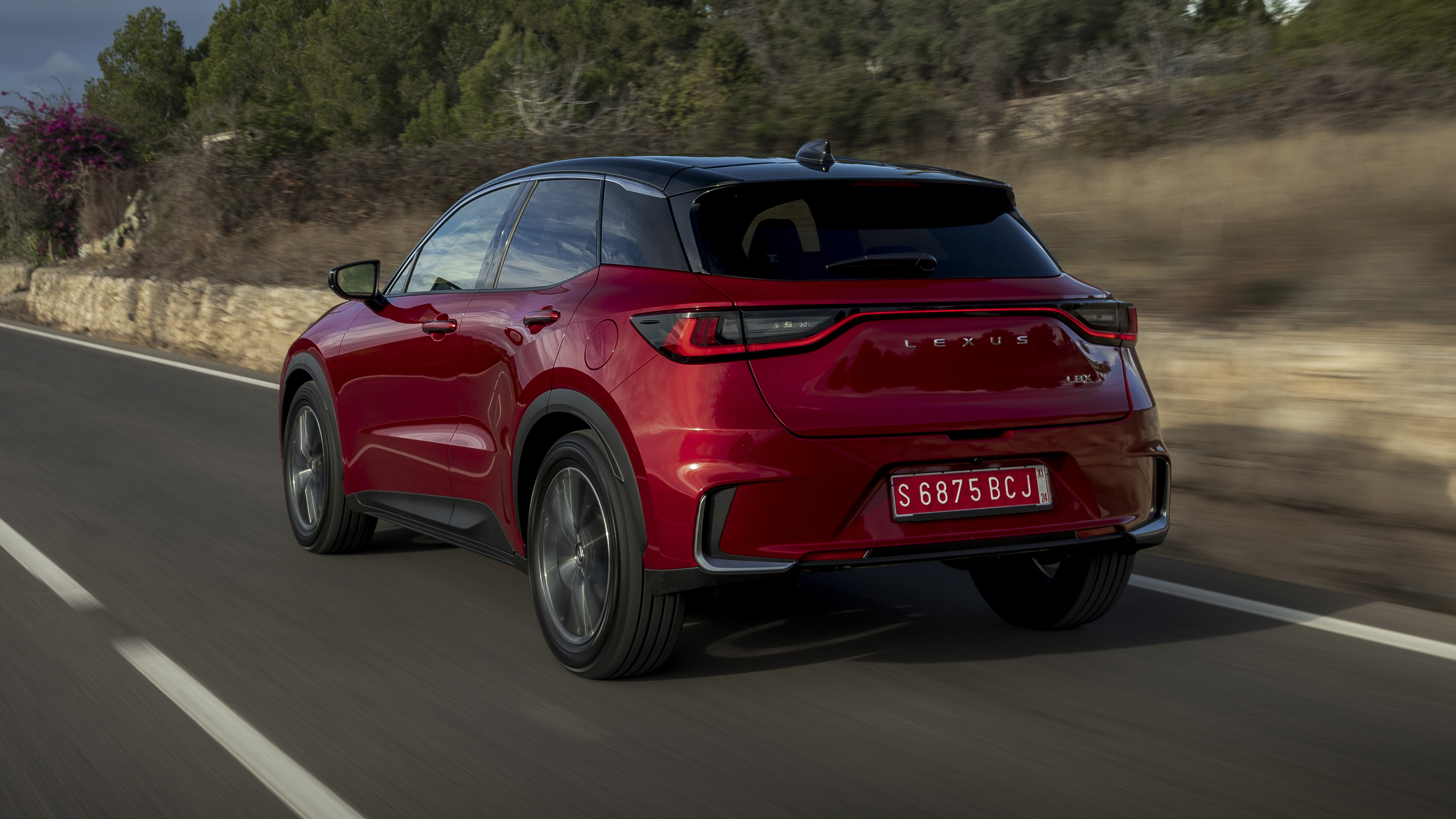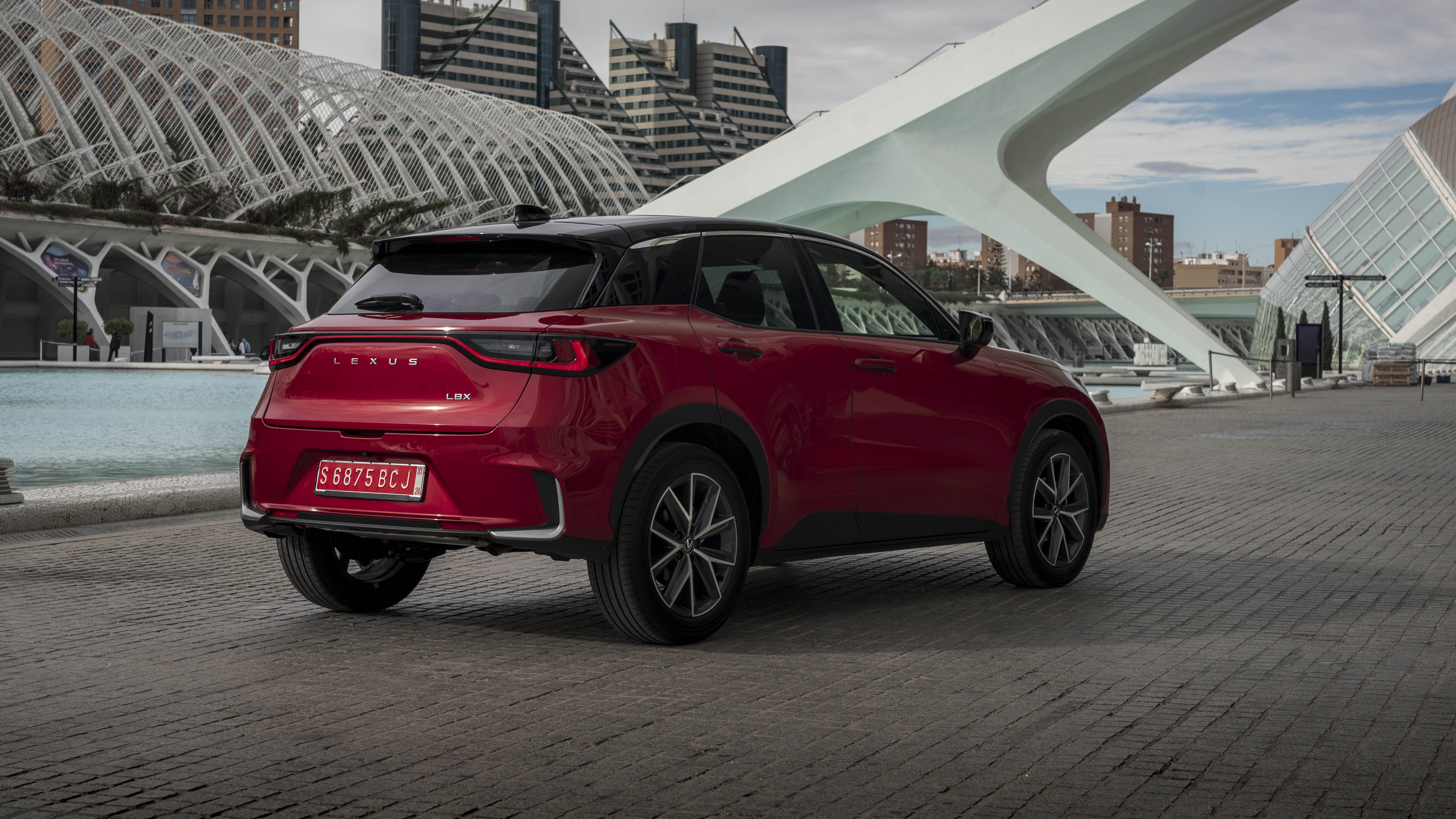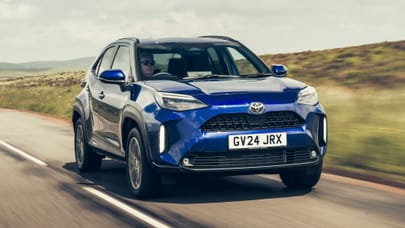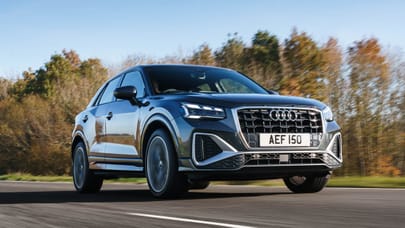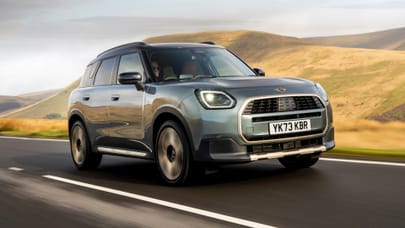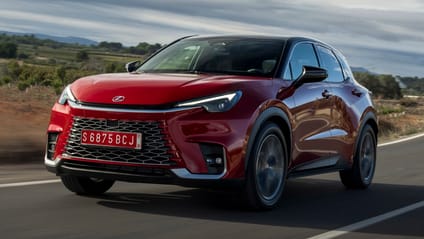
Good stuff
Smart looks and interior, efficient hybrid set-up, cheap running costs
Bad stuff
Not exciting to drive, noisy engine/CVT gearbox combo, limited rear space
Overview
What is it?
The smallest car that Lexus has ever built. Or if we’re being cynical, a rebadged Toyota Yaris Cross, with which it shares the same underpinnings. The name stands for Lexus Breakthrough Crossover, and it’s only the second Lexus that has ever been bestowed with a three-letter name. Couple of Internet Points if you can name the first. Yep, it was the glorious V10-engined LFA supercar.
This, erm... isn’t that. What it is, is the new entry point for any would-be Lexus buyers. It’s also a potentially significant milestone for Lexus in its attempts to win over a younger audience, as it tries to grow its brand appeal beyond those who still use landline phones.
It looks... tidy.
It’s actually quite a smart-looking thing, particularly from the front, and certainly less rugged than the Yaris Cross even if all versions still do get a touch of black plastic body cladding. We’re told its styling establishes a new identity for Lexus, and it’s at the front where you may have noticed it wears a smaller spindle grille.
Round the back it gets a full-width lightbar (obvs) and Lexus lettering spelled out across the bootlid (as seems to be all the fashion these days) and you’ve the option of 17- and 18-inch wheels, plus a variety of cheerful colour options including two-tone paint with a contrasting black roof. Expect everyone to stick to grey, white and black, then.
Is it as fancy inside?
It certainly looks the part: the biggest compliment we can give it is that it certainly doesn’t feel anything like as basic as a rebadged Yaris Cross.
That’s down to its stylish design, with a variety of fabric, leather or vegan-alternative finishes, and general overall quality. It also gets a seven- or 12.3-inch digital dial display (spec dependant) and 9.8-inch touchscreen (standard), complete with Apple CarPlay and Android Auto, and physical switchgear to control the climate controls. Hurrah!
The biggest disappointment is the very limited rear seat space, with barely enough room for two (particularly for longer-legged folk), let alone three, though it does get a reasonable boot. Full details over on the Interior tab.
What's under the skin?
Unsurprisingly, it gets a similar 1.5-litre three-cylinder self-charging hybrid setup as the Yaris Cross. However, here total output is 134bhp, compared to the Toyota’s 114bhp. Front-wheel drive or all-wheel drive versions are available.
Lexus makes many claims about its 'fun-to-drive character' but the LBX is undoubtedly at its happiest when driven gently thanks to the combination of that three cylinder and CVT gearbox, which complain noisily when pushed hard. Tread carefully and the amount of time you spend in EV mode is genuinely impressive, particularly around town, while once up to speed it settles down nice and quietly.
Much like the Yaris Cross it’s also a highly efficient setup, which your wallet will undoubtedly thank you for: 62.7mpg on paper. Full details over on the Driving tab.
How much does it cost?
Prices start from £29,995 in base-spec Urban trim, rising to a very hefty £40,555 for the range-topping, all-wheel drive Takumi Design trim.
That’s a hefty jump from the Yaris Cross, which starts at just over £25k and tops out at £31,320. Lexus does say that its biggest competitors are cars like the Audi Q2 and the Mini Countryman, although the latter has now grown for its latest generation. Full details over on the Buying tab.
Our choice from the range

What's the verdict?
Lexus has got high hopes for the LBX as it sets its sights on a younger audience. At first glance it’s played it very safe: it’s a compact crossover that’s based on and shares much with the already popular Toyota Yaris Cross.
But don’t be fooled into thinking this is just a badge engineering job: it’s a very smart-looking thing, the interior feels as premium as any other compact crossover out there (just a shame about the very limited rear seat space), and it’s highly economical - if no more exciting to drive - thanks to its clever hybrid set-up.
All told it feels a very different proposition to the Toyota. As it should, given the almost £30k starting price, which may deter some of the younger, strapped-for-cash buyers Lexus is targeting. Perfect for those at retirement age who are downsizing from the old family RX, though.
The Rivals
Trending this week
- Car Review
BMW iX3




